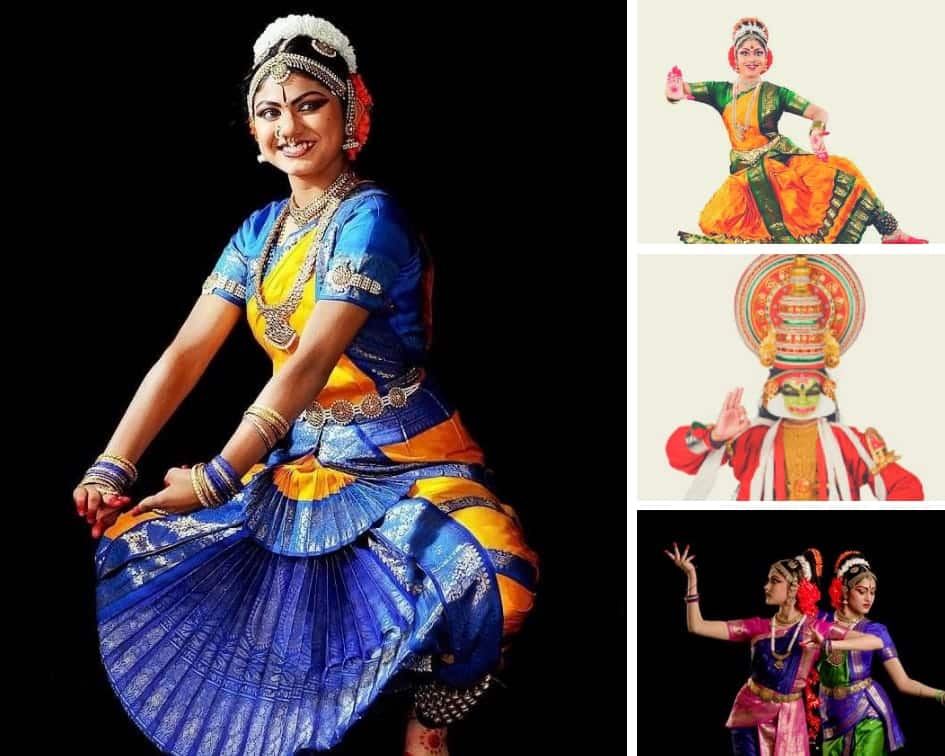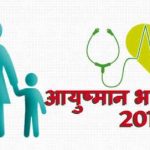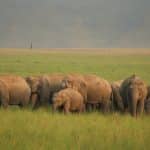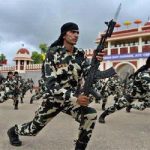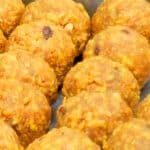ABOUT INDIAN CLASSICAL DANCES:
- Indian classical dance or Shastriya Nritya is an umbrella term for various performance arts rooted in religious Hindu musical theatre styles, whose theory and practice can be traced to the Sanskrit text Natya Shastra.
- As per the Ancient treatises, dance is considered as having three aspects: Natya, Nritya, and Nritta(i.e. Basic elements of classical dances )
Natya highlights the dramatic element and most dance forms do not give emphasis to this aspect today with the exception of dance-drama forms.
Nritya is essentially expressional, performed specifically to convey the meaning of a theme or idea.
Nritta is pure dance where body movements do not express any mood (bhava), nor do they convey any meaning.
- Bharatmunis Natyashastra: It is a book which has the earliest reference to dance. It also contains the reference to music and drama.
- Navarasas in dance ( nine forms of expressions ) : love (shringaara), mirth (haasya), compassion (karuna), valour (veera), anger (roudra), fear (bhayanak), disgust (bibhatsa), wonder (adbhuta) and peace (shaanta).
- There are eight classical dances recognized by the Government of India. They are Bharatnatyam, Kathakali, Kuchipudi, Kathak, Manipuri, Odissi, Mohiniattam, and Sattriya.
- Among the eight classical dances, the five classical dances of India are considered to be the mystic manifestation of the metaphysical elements of nature (Panchatatva) in the human body. These include Odissi (element of water), Kuchipudi (element of earth), Mohiniattam (element of air), Bharatnatyam(element of fire) and Kathakali (element of sky or aether).
- The two major characteristics of Dance –
- Lasya – Feminine features.
- Tandava – Masculine feature.
BHARATNATYAM:
- It is the oldest classical dance form which originated in Tamil Nadu.
- “Bha“- Bhava ( expression ); “Ra” – Raga ( Music ); “Ta“- Tal ; “Natyam” – Drama.
- It is also known as ekaharya, where one dancer takes on many roles in a single performance.
- The evidence of Bharatanatyam:
Silappatikaram (its existence was mentioned in this ancient Tamil epic).
Brihaddeshwara temple was a major centre for Bharatnatyam since 1000CE.
The Gopurams of Chidambaram display the poses of Bharatnatyam, chaaris, and Karanas that are carved in the stones.
- The items of the performance were only devotional characters such as Rama, Krishna etc.
- Two famous styles of Bharatnatyam are – Pandanallur & Tanjore style.
- Recital usually begins with Alarippu.
- Bharatnatyam leans heavily on the abhinaya or mime aspect of dance – the nritya, where the dancer expresses the Sahitya through movement and mime (gestures and facial expression).
- It is practiced by male and female dancers.
- The music and instruments used
Carnatic Style, Vocalists Called – Nattuvanar (normally Guru).
Verses are usually in Tamil, Telugu, Kannada, Sanskrit.
Mridangam, Nadaswaram, Nattuvangam, Flute, Violin, Venna etc.
KATHAKALI:
- It evolved from many social and religious theatrical forms of Kerala.
- It is a blend of dance, music, and acting. ( “Katha” meaning Story and “Kali” meaning Drama)
- It represents theme derived from Ramayana, the Mahabharata & other Hindu epics, mythologies & legends.
- Kathakali is considered to be a combination of five elements of fine arts:
Expressions (Natyam, the component with emphasis on facial expressions)
Dance (Nritham, the component of dance with emphasis on rhythm and movement of hands, legs, and body)
Enactment (Nrithyam, the element of drama with emphasis on “mudras”, which are hand gestures)
Song/vocal accompaniment (Geetha)
Instrument accompaniment (Vadyam)
- Dramatizes stories and most recitals are a representation of conflict between good and evil.
- It symbolizes the element of sky or ether.
- It codified hasta mudras and facial expressions.
- It has elaborate makeup with different colors along with a headgear.
- The makeup for Kathakali:
According to the role of the dancer, his face is colored /painted.
The colors are made in rice paste with vegetable colors and applied on the face.
Green is used for Noble characters.
Tati (Red) for evil like Ravana.
Kari (black) for hunters and monsters.
Yellow for women etc.
- The characters in a Kathakali performance are broadly divided into Satvika, Rajasika & Tamasika types.
- Instruments: Chenda, Maddalam, Chengila, Ilathalam, Idakka and Shankhu.
MOHINIATTAM:
- Mohiniyattam is the classical solo dance form of Kerala, performed by women.
- The term Mohiniyattam comes from the words “Mohini” meaning a woman who enchants onlookers and “aattam” meaning graceful and sensuous body movements. The word “Mohiniyattam” literally means “dance of the enchantress”.
- It is interpreted as the dance of ‘Mohini’, the female form taken by Vishnu to kill Bhasmasura.
- This dance was structured into the present day classical format by the Travancore Kings, Maharaja Kartika Tirunal and his successor Maharaja Swati Tirunal (18th -19th century C.E.).
- The references of Mohiniyattam can be found in the text Vyavaharamala written in 1709 by Mazhamagalam Narayanan Namputiri and in Ghoshayatra, written later by great poet Kunjan Nambiar.
- The movements have been borrowed from Nangiar Koothu and female folk dances Kaikottikali and the Tiruvatirakali.
- It is characterized by graceful, swaying body movements with no abrupt jerks or sudden leaps.
- It lays emphasis on acting, where the dancer identifies herself with the character and sentiments existing in compositions and expresses through hand gestures and facial expressions.
- The costumes:
Mohiniyattam has a unique White/Off-White Costume.
The prominent one-sided hairstyle (bun) also called as ‘Kuduma’.
Adorable ornaments make it unique.
KATHAK
- It is a traditional dance form of Uttar Pradesh which traces its origin back to the Ras Leela of Brajbhoomi.
- It derives its name from “kathika” meaning Storytellers.
- The dance form is characterized by intricate foot works and is generally accompanied with dhrupad music. Other music such as Taranas, Thumris and Ghazals were also introduced during the Mughal period.
- It is the only Indian classical dance having a synthesis of Hindu and Muslim traditions.
- It is also known for the development of different Gharanas (Lucknow, Jaipur, Raigarh, Banaras) as it is the only classical dance based on the Hindustani style of music.
- The costume, makeup, and ornaments used
Traditionally, Sari, Ghagra-Choli, Chudidar Frock – Jacket, Dupatta for women and men can wear Chudidar Kurta and Dupatta tied at the waist.
This dance-drama may have costumes as per the character.
Makeup is not much heavy but is quite sharp and fine to reflect the expressions. A bun or long plaits with garland looks beautiful.
Mostly white—yellow pearl ornaments are used.
The music and instruments used
Hindustani Music: Lyrics may be in Hindi, Brij, Sanskrit or any other regional language.
Instruments like Pakhawaj, Tabla, Sarangi, Sitar, Harmonium, Flute, Sarod, etc. are used.
ODISSI:
- It is the classical dance form of Odisha.
- It symbolizes the element of water.
- It was originally performed by Maharis who were temple dancers.
- Later, a group of boys named Gotipua was trained in this art. They danced in temples and for public entertainment.
- Facial expressions, hand gestures and body movements in Odissi are used to suggest a certain feeling, an emotion or one of the nine rasas.
- The dancer creates intricate geometrical shapes and patterns with her body. Hence, it is known as “mobile sculpture”.
- It is similar to Bharatnatyam in the use of mudras.
- The techniques of movement are built around the two basic postures of the Chowk and the Tribhanga.
- The Chowk is a position imitating a square – a very masculine stance with the weight of the body equally balanced.
- The Tribhanga is a very feminine stance where the body is deflected at the neck, torso and the knees.
- Musical instruments used – pakhwaj, sitar, manjira and manjira.
- There are three traditions of the Odissi Dance– Mahari, Gotipua and Nartaki Schools.
- Mahari– Maharis were Oriya devadasis or temple girls, their name deriving from Maha (great) and Nari or Mahri (chosen) particularly those at the temple of Jagganath at Puri. Early Maharis performed mainly Nritta (pure dance) and Abhinaya (interpretation of poetry) based on Mantras and Slokas. Later, Maharis especially performed dance sequences based on the lyrics of Jayadev’s Gita Govinda.
- Gotipua– Gotipuas were boys dressed up as girls and taught the dance by the Maharis. Only this tradition out of these three remains extant today.
- Nartaki– Nartaki dance took place in the royal courts. During the British time, the misuse of devadasis came under strong attack, so that Odissi dance withered in the temples and became unfashionable at court.
MANIPURI:
- Originated in Manipur, also known as ‘Jogai’.
- It has its roots in the ancient festival of Lai Haraoba. The dance gained prominence under the advent of Vaishnavism.
- The central theme is the Raslila of Radha and Krishna. The themes often depict the pangs of separation of the gopis and Radha from Krishna.
- The vital elements of this dance are the characteristic symbols (Kartal or manjira) and double-headed drum (pung or Manipuri mridang) of sankirtan into the visual performance.
- The most popular forms of Manipuri dance are the Ras, the Sankirtana, and the Thang-Ta.
- Sankirtana – The Kirtan form of congregational singing accompanies the dance which is known as Sankirtana. The male dancers play the Pung and Kartal while dancing. The masculine aspect of dance – the Choloms is a part of the Sankirtana tradition.
- Thang-Ta – The martial dancers of Manipur – the Thang-Ta– have their origins in the days when man’s survival depended on his ability to defend himself from wild animals.
SATTRIYA:
- Sattriya is the traditional dance –drama of Assam.
- Sattriya was recognized in 2000 as Classical Dance by Sangeet Natak Akademi.
- The Sattriya dance form was introduced in the 15th century A.D by the great Vaishnava saint and reformer of Assam, Mahapurusha Sankaradeva as a powerful medium for propagation of the Vaishnava faith.
- This tradition has been preserved by the Sattras, Vaishnava maths or monasteries.
- This dance is governed by strictly laid down principles in respect of hasta mudras, footwork’s, aharyas, music etc.
- The Sattriya dance form of Assam can be cited under 2 sets- Paurashik Bangi, which is the masculine style and Sthri Bangi, which is the feminine style.
KUCHIPUDI:
- It originated in Kuchipudi village, Krishna district of modern Andhra Pradesh.
- It was conceived in the 17th century by Vaishnava poet Siddhendra Yogi from Yakshagana – dance-drama.
- It begins with an invocation to Lord Ganesha followed by Nritta (non-narrative pure dancing), Nritya (narrative dancing) and Natya.
- It comprises of techniques such as dancing on the rim of the brass plate and with a pitcher full of water on the head. This is called Tarangam.
- The Kuchipudi performer combines the role of both dancer and singer. The style is known for both solo and group performances.
- It combines Lasya & Tandava elements, folk & classical shades.
- Musical instruments – mridangam, violin, flute, and tambura.

